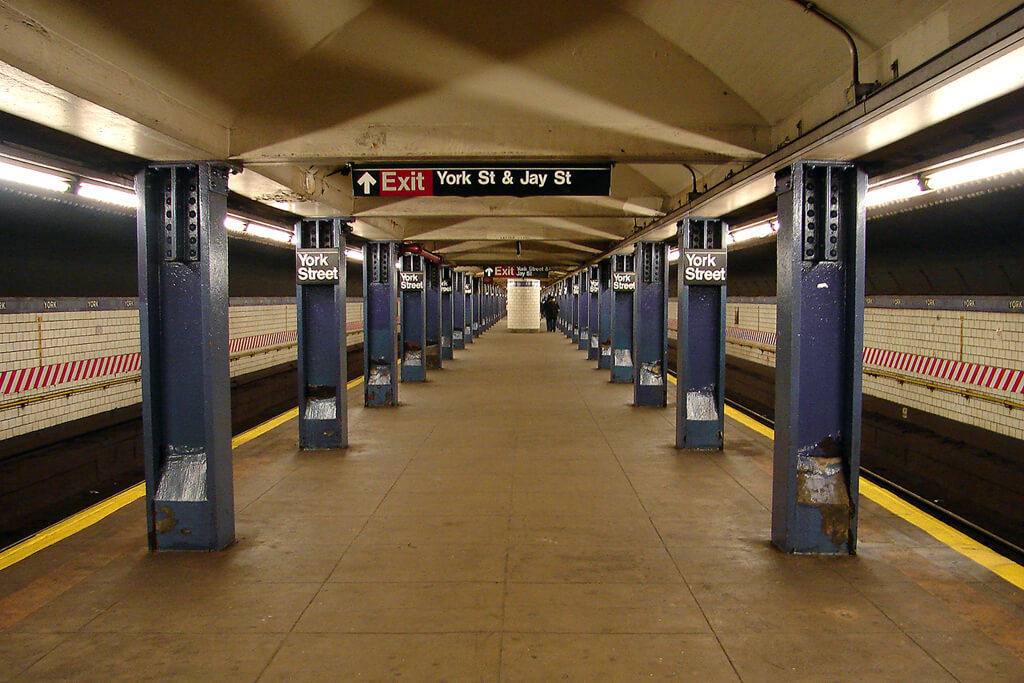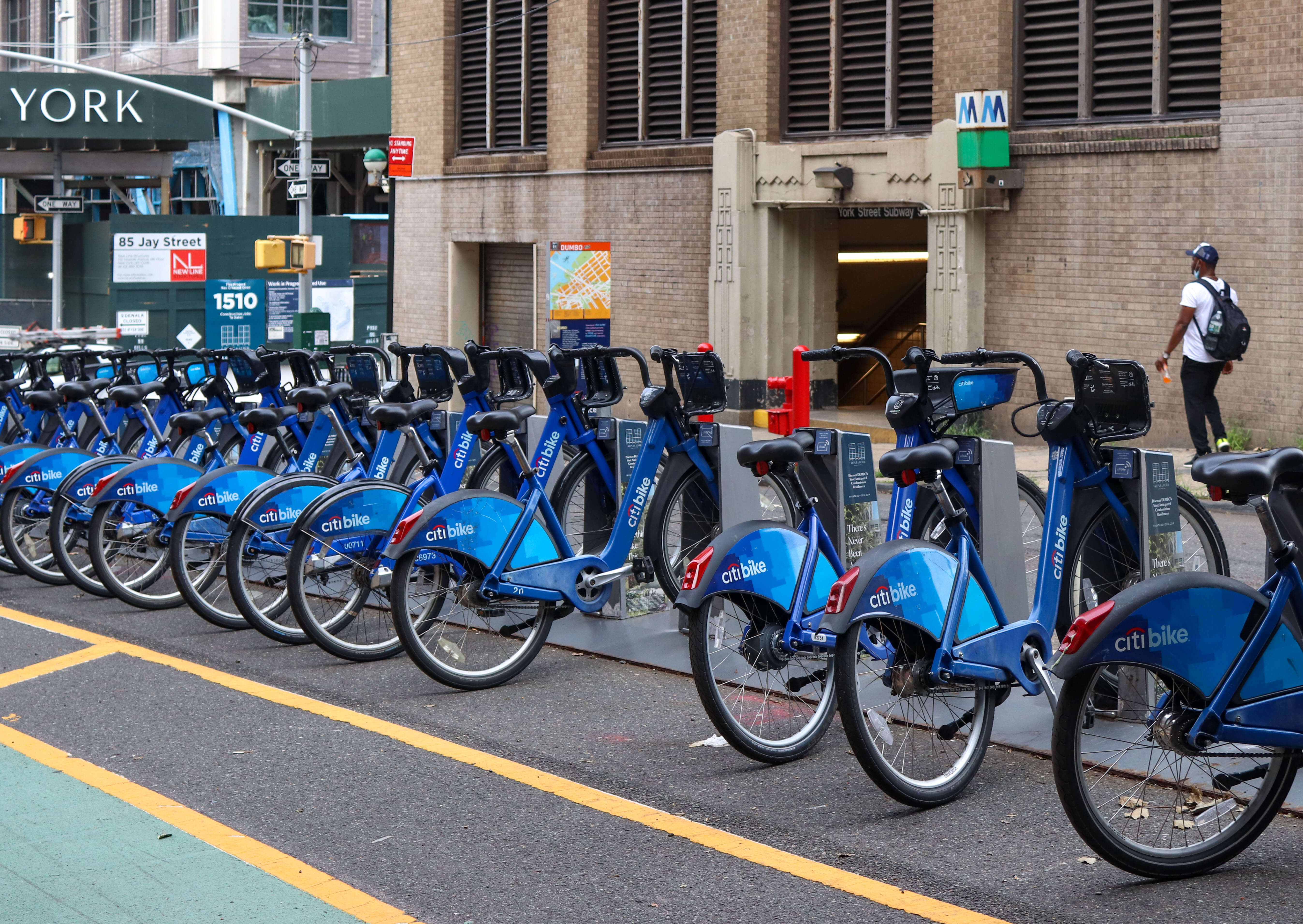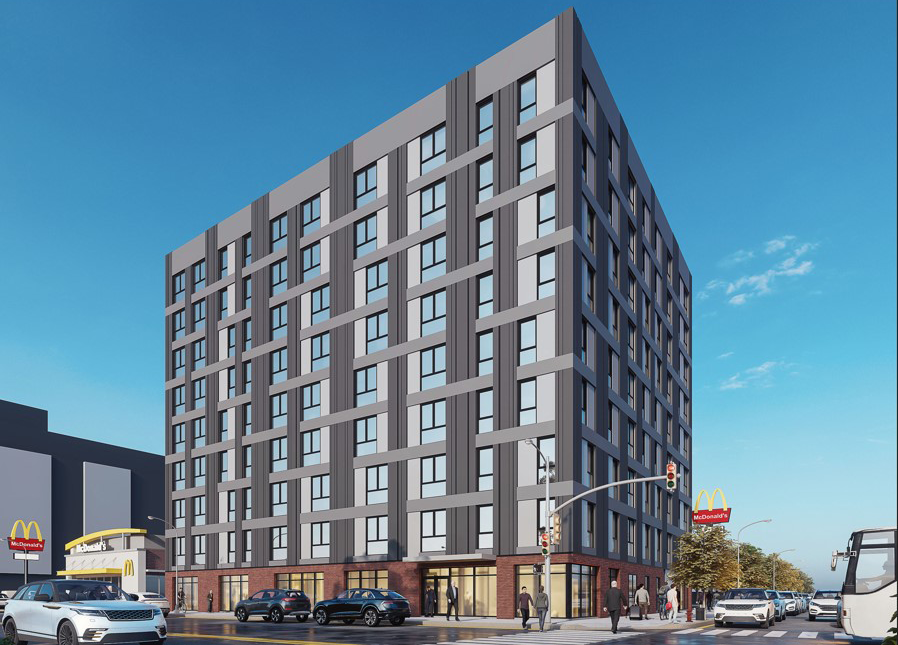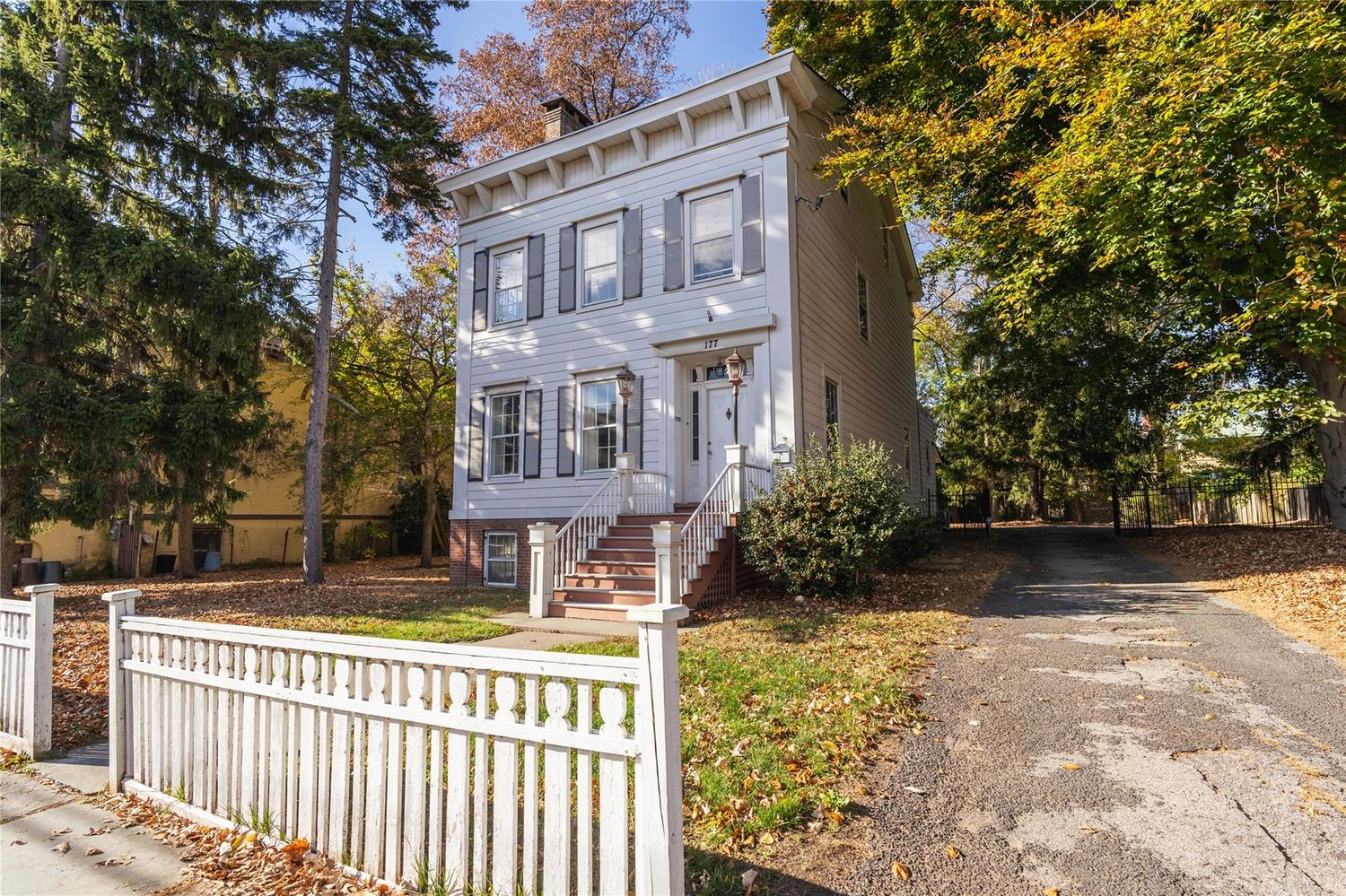Will a New MTA Study Finally Bring a Second Exit to Dumbo's York Street Station?
Transit gurus are “studying” a fix to Dumbo’s treacherous York Street subway station, which serves as the neighborhood’s sole subway stop and has only one egress with no wheelchair accessibility.

Photo by Susan De Vries
Transit gurus are “studying” a fix to Dumbo’s treacherous York Street subway station, which serves as the neighborhood’s sole subway stop and has only one way in and out with no wheelchair accessibility — but their promises fell on skeptical ears, as locals say they’ve been asking for a second exit for years.
“We hear this every year,” said John Dew at Community Board 2’s virtual Transportation Committee meeting on March 18. “The station looks like a rock quarry if you go there — it’s an embarrassment.”
Furthering his pointed criticism of the Metropolitan Transportation Authority’s lackluster plans for York Street, Dew cited the recently-completed Hudson Yards station in Manhattan, which features glass canopied station entrances and an efficient design that allows seamless and accessible mobility to-and-from trains.
“What I don’t understand is how we’re able to build these stations in Hudson Yards, where we can extend it another mile and where the elevators are two stories underground,” the civic panel member said. “All this fanciness and we can’t do York Street.”

MTA rep Andrew Inglesby said the Authority is looking at how to add a second entrance to the F train station, which has long been a bottleneck for the ever-growing population of residents, office workers and tourists in Dumbo — although the official remained tight-lipped on any timeline or scope of their investigation.
“[We] are doing studies currently right now to see how we can put a second entrance [and] egress into the station,” Inglesby said. “We are doing an active study, we are hoping to provide the community with information on that relatively soon.”
The station at the corner of Jay Street opened in 1936 and offers only one way to get from the platform to ground level — which forces straphangers to walk up several flights of stairs, before traversing through a seemingly endless sloping tunnel, up another set of steps, and then through a narrow group of turnstiles.
Making matters worse, the station has become busier during the last decade as residential and office development has boomed in waterfront nabe, along with the development of local tourist magnets like Brooklyn Bridge Park.
Annual ridership increased 22 percent between 2013 and 2018, from 2,666,502 to 3,256,154 riders, while average weekday figures jumped 28 percent, from 8,629 to 11,032 commuters during that time frame, according to MTA.
The situation is likely to get worse with hundreds of housing and office units in the pipeline for Dumbo, including the 730-unit adjacent apartment complex at Front Street, the former Jehovah’s Witnesses headquarter-turned-sprawling office and retail complex at Columbia Heights, and the 26-story mixed use tower next to the Manhattan Bridge at 69 Adams St.
One local said the station instilled fear of death, and worried that the status quo was putting people’s lives at risk.

“I feel like I’m taking my life in my hands in that station sometimes,” said Dumbonian Deborah Shaffer. “It’s really a disaster waiting to happen and we’re all going to regret it if something isn’t done.”
For 140 commuters, disaster already struck in 2003 when a Coney Island-bound train caught fire as it entered the station, leading to a chaotic evacuation where cops mistakenly diverted passengers to the dead end at the south of the platform. Workers then ushered them 1,000 feet down the tunnel to an emergency exit, and many required treatment for smoke inhalation.
Police also shut down the station in 2014 after the area became too crowded during the popular New York Festival of Light.
Absent any moves from the state, neighborhood designers have even volunteered their own proposals, such as architects with Delson or Sherman, who in 2016 offered plans for a second exit with an elevator leading from the south end of the platform up to Manhattan Bridge Small Park at Jay Street.
Inglesby said Brooklyn’s subway stations closest to the East River were particularly difficult to make compliant with the Americans with Disabilities Act — which includes High Street for the A and C lines, the Court Street R station, and the Clark Street 2/3 station — because they are deeper underground than those further inland as they rise from the tunnels crossing below the water.
The riverside stations are also made of a different type of tunnel casing that makes working on them more difficult, according to MTA spokesman Aaron Donovan.
Locals pleaded with Inglesby to at least move the turnstiles and install better lighting in the tunnel in the interim, and the transit official said he would bring that back to his team and provide more details “fairly soon.”
“We know it’s something we’ve heard from the community many years right now,” Inglesby said. “It’s not going to be multiple, multiple months, it’s gonna be fairly soon. We’re working on this diligently and there’s a lot of people involved in seeing what we can do.”
Editor’s note: A version of this story originally ran in Brooklyn Paper. Click here to see the original story.
Related Stories
- How Safe Is Dumbo’s York Street Subway Stop With Only One Exit?
- MTA Repairs Troubled 2, 3 and 4 Subway Train Tunnels in Brooklyn, Plans Changes in Service
- Repairs to Hurricane Sandy-Damaged F Train Tunnel Will Start in August
Sign up for amNY’s COVID-19 newsletter to stay up to date on the latest coronavirus news throughout New York City. Email tips@brownstoner.com with further comments, questions or tips. Follow Brownstoner on Twitter and Instagram, and like us on Facebook.









What's Your Take? Leave a Comment